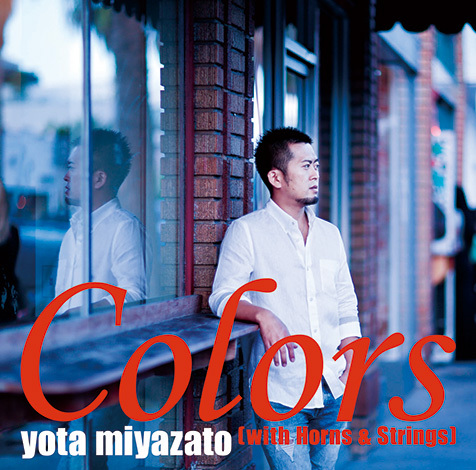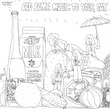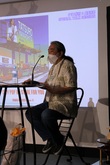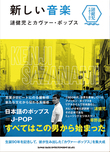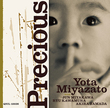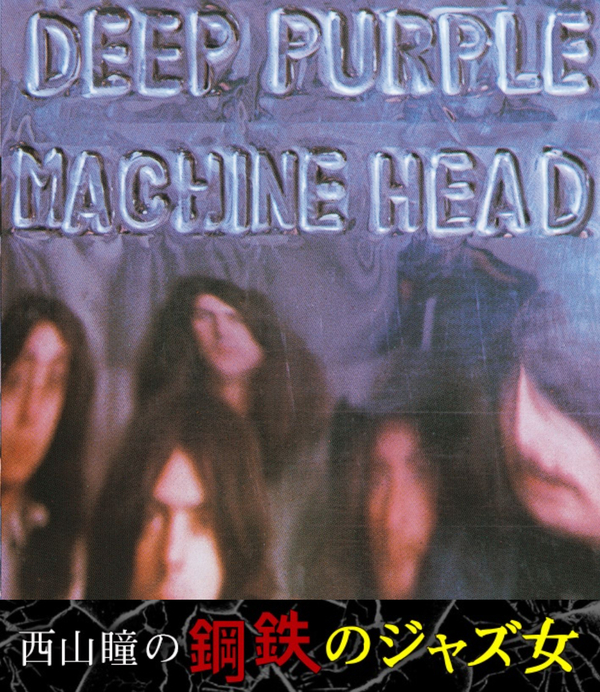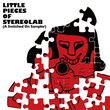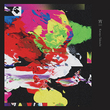Yota Miyazato “Colors (with Horns & Strings)”
Interview & Text by: Toru Watanabe
A magnificent 2nd album with strings & horns, recorded in LA!
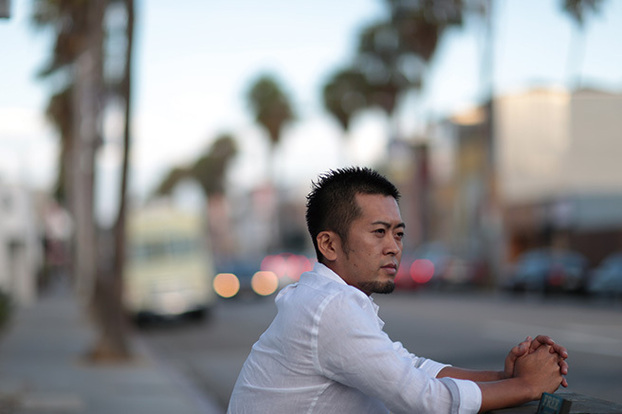
Joao Gilberto revealed more than once that he wasn’t really satisfied with the orchestral arrangement of “Amoroso/Brasil” (1977) by Claus Ogerman. In my opinion, his arrangement itself wasn’t bad, and this album “Colors” starts with “ESTATE,” the Italian tune which became internationally famous thanks to the very album by Joao. This new piece recorded in LA is the so-called “With Strings and Horns” album. So I cannot but feel the producer (Kazuki Takami)’s some sort of a critical look against “Amoroso~” with the choice of “ESTATE,” but in any case, the album fascinates us from the first tune with the saxophone and magnificent strings orchestra.
“I’d listened to some ‘With Strings’ albums including Charlie Parker’s, but I never imagined that I could experience that myself. But Tatsuro Yamashita (the established singer-songwriter who catapulted Yota Miyazato into the spotlight by signing him up as his tour band member, also the executive producer of this album) recommended to me that it would be good for me to make an album with American strings players while I’m young. I couldn’t be more honored to have such an opportunity despite my age, so I humbly took the offer.”
The album also includes Ivan Lins’ “Setembro,” D'Angelo’s “Another Life,” some jazz standard tunes and his original tunes. All the tracks except for the standard tunes were selected by the producer, but for “Setembro,” he was already familiar to the tune with the version by Quincy Jones.
“Though I don’t have deep knowledge of it, I generally like black music. As Take6 participated in the Quincy’s version, I’ve listened to it since I was young. Also, I’ve played in sessions since I was a college student and used to play many of the standard bossa nova and Latin numbers, and they occupy a large part of my background.”
His comment supports the great insight of a prominent jazz critic, the late Shoichi Yui: “Jazz is a kind of Latin-American music.” “Happy Tree,” one of the three original tunes, had been included on his last album and newly recorded this time. He says that someday he hopes to make an album that includes his original tracks only.
“Daniel Barnidge, the arranger, liked “Happy Tree” a lot and told me that the track had motivated him to work on the project. To me, what matters most as a jazz musician is to sing my own songs. That is utagokoro (to understand and convey the emotions and meaning of the songs). And swing. We can dance with even ballads as long as the music is swinging. I’ve come to realize the importance of that point more than ever lately.”


